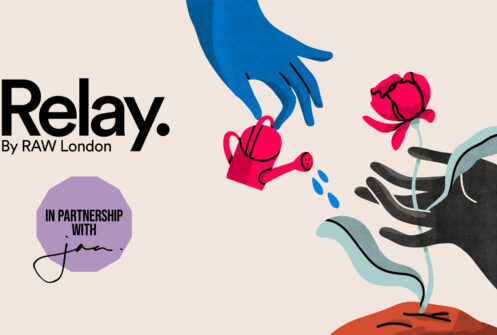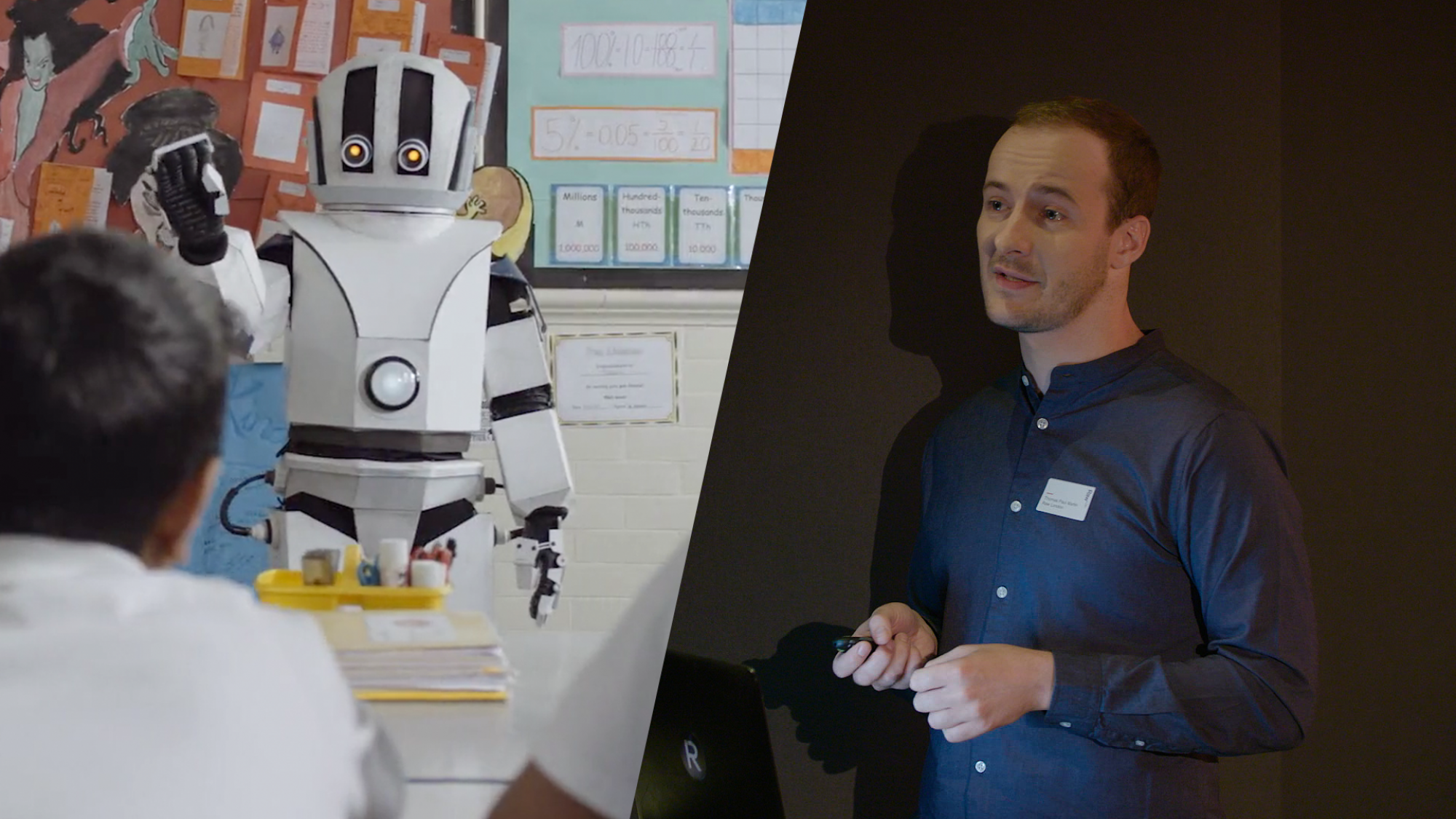

Let me open with a question: what’s your story?
James Baldwin was an American novelist born in New York and died in France in 1987. He said: “Every writer has only one story to tell, and he has to find a way of telling it until the meaning becomes clearer and clearer, until the story becomes at once more narrow and larger, more and more precise, more and more reverberating.”
As someone working in a creative industry, I was shocked to hear this because I thought it was really limiting. Think about any director, writer or author, and the chances are they’ve produced a wide body of work featuring lots of different stories.
And yet – if you look again at any artist’s body of work, you’ll find running themes, motifs or a base story which runs throughout each one. This is the “story” to which James Baldwin is referring.
For example, for Quentin Tarantino it’s the revenge story. By and large, his narratives revolve around people who’ve been wronged (usually by a white man) and ultimately seek revenge.
So I looked over my own work and found some interesting trends. On the left of the image below are two short films I made independently (I cannot stress this enough: please don’t look them up). On the right something more recent which I worked with our team to produce here at Raw London.
One is a science fiction thriller, one is an LGBT teen drama and the other is a tragic comedy which places a robot into everyday life. When I look back at these films, I know that I approached each one with a very different story in mind but I also see the parallels emerging. Each one starts with an outsider looking in. The outsider wrestles with their status, both suffering and drawing strength from it and in the end they use it to ‘reset’ themselves and create a new identity. For me, it’s a story of reinvention.
So when I thought about James Baldwin’s quote again in the context of my own work and the work of people I admire, I realised it’s actually very liberating. And I believe that this liberation speaks to something completely outside of anything as specific as filmmaking. Instead it suggests that everyone has a single story inside them. How they choose to express it is up to them – it could be films, books, it could be the outfit you wear, the way you talk about your weekend.
Every one of us – and not just writers – has their own story to tell.
In fact, for most of us, communication forms the basis of our professions as well as our personal lives. But in our jobs, we’re usually not telling our story – often it’s our job to tell someone else’s. Think about the organisation you work for – it will have its own story and mission statement. That’s something decided collectively by a large group of people, perhaps yourself included.
My colleague Amber, in her session Visual storytelling: Looking out of the window talks about “removing the ego” from stories and I’m a huge advocate of this. But for this to be possible, it’s important for you to think about what your story is as well as your organisation’s, if only so you can tell the difference.
So picture the story of your organisation. Now, think about your story. You don’t have to know what it is yet, but let’s imagine you do.
The middle part in the above diagram is probably why you work for that organisation. So for me, an example of that is the project I mentioned earlier (#EscapeRobot for War Child UK).
This also demonstrates how we strategically decide which team member would be best to own projects at Raw London. When a story comes in, we always think about who is best placed to tell that story on the client’s behalf.
I ended my session by asking the audiences to think about their own stories and write them down on a post-it note – and I’d encourage you to do the same. You can take a look at the responses in the slides below. Hopefully this exercise will help you further understand why you do what you do, and strengthen your comms in the process.
**This is a summary of a lightning talk from Raw London’s event Creative Storytelling in the Third Sector, Thursday 9 August 2018 at Bertha Dochouse, Curzon Bloomsbury. You can read more about the event here or see summaries and slides from other sessions below.**
These free events are invite-only so sign up to our mailing list for tickets to the next one.